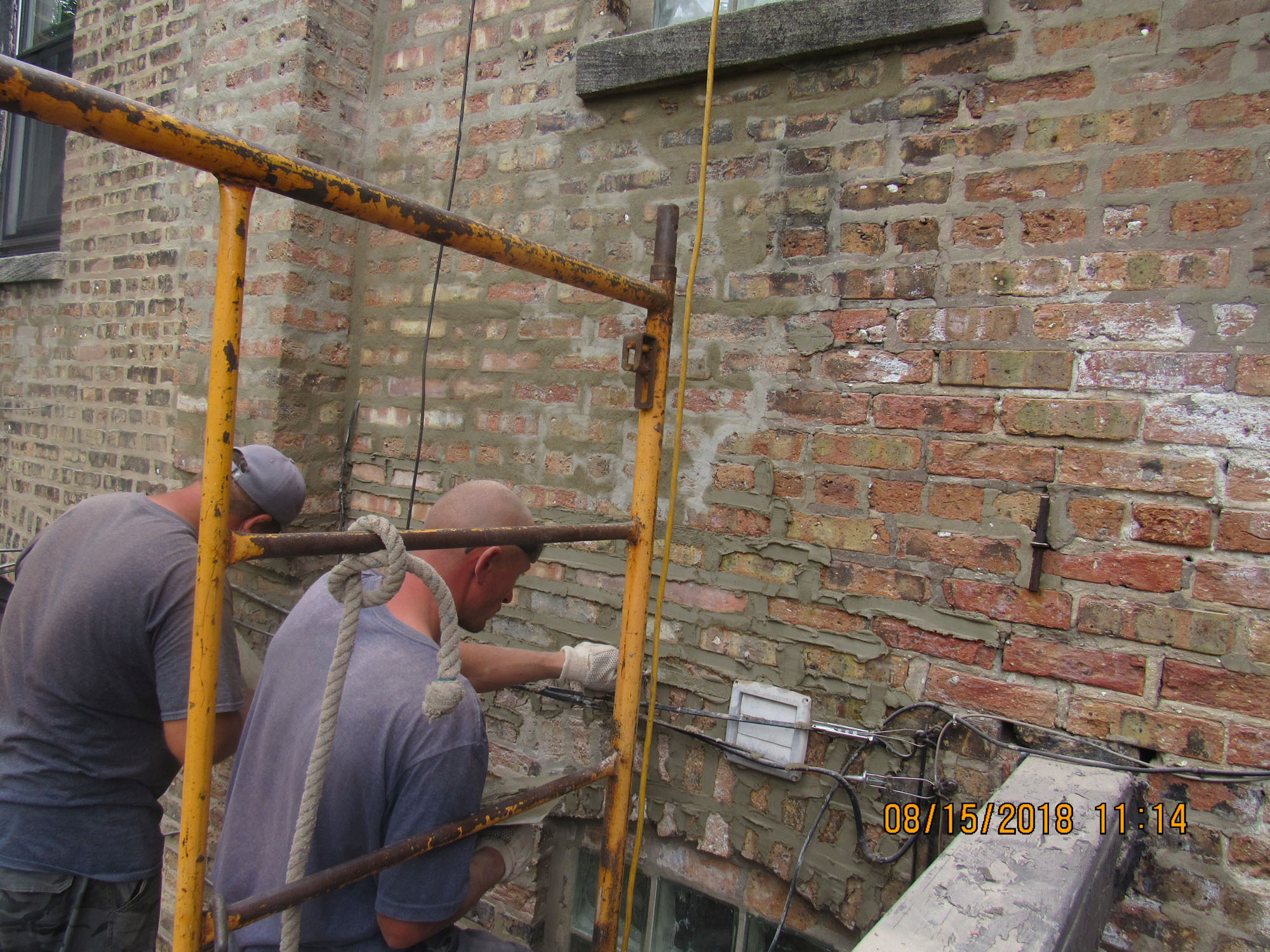


You know it needs to be repointed when it starts to crumble. Most of the time, repointing needs to be done every twenty to thirty years. Or perhaps the wall had more built on top of it when it wasn’t meant to be a load-bearing wall.Īlthough bricks can last hundreds of years, the mortar itself rarely lasts more than half a century. Such as erosion caused by bad weather that has worn down on the wall over the years. However, blaming faulty joints in brick on this won’t do you any good. One of the most common reasons is that it wasn’t done right in the first place. There are many reasons why mortar joints deteriorate. It can also be done DIY which is a huge plus. It is a way to fake out the high-end look for a relatively low price. Since smaller joints are known to be more expensive, tuck pointing is highly sought after. For large joints, you can mix the two types of mortar and make the bricks appear larger and the joints appear smaller, giving a more even and refined look. It can be fun to play with tuck pointing to find a good balance. It is often used as an illusion technique where some joints are the same color as the brick and others s sharp contrasting colors. Tuck pointing is a way of using two contrasting colors of mortar in the mortar joints of brickwork.
#TUCK POINTING HOW TO#
You can even learn how to do it yourself! What Is Tuck Pointing Specifically? If you want to know more about repointing in general, then check out this guide in repointing which goes more in-depth about the simple parts of repointing. There are a few different ways to repoint, one of them is tuck pointing, which completely levels out the brick wall. Repointing is simply pointing that is redone after the previous pointing job begins to fail. Let’s talk more about repointing since it is more common than simply pointing when done DIY. This shouldn’t be confused with repointing which is done to old brick. The pointing job itself is the original pointing done. Without it, the brick would let water, debris, and more into homes causing an array of problems. Pointing is also important for sealing brick to make a water barrier and weatherproof brick structures. But it also acts as a joint to break up the bricks to give them a tasteful and customizable look. The main reason is to be an adhesive to hold the bricks together. This mortar is necessary for a few reasons. Pointing is usually done with mortar or cement and can be redone at any point to change the entire look of the wall, fireplace, or structure. Pointing is the finishing work or mortar used between bricks or stones. What Is Pointing? The Beginning Of Tuck Pointing So why not educate yourself? When it comes to bricklaying, one of the most important terms you can learn is “tuck pointing” because it’s something that needs to be redone regularly to keep a clean and sturdy structure. But in today’s world, with the internet at our fingertips, it’s so easy to find out anything that we don’t know in mere seconds. The spacing of the joints also depends on the mortar.Tuck pointing is something you probably know the meaning of but don’t know it yet. Without it, moisture could seep into the bricks, which can weaken the strength of the structure. For instance, the durability of the structure depends on the mortar. In the masonry aspect, the mortar plays a significant role. Bricks are technically long-lasting, but the mortar can deteriorate as time goes by. But this process involves embedding a thin line of contrasting color down the centers of the new mortar joints.īoth methods have one goal: to remove damaged mortar and replace it with a new one. Tuckpointing, on the other hand, refers to a similar process where the damaged mortar is removed then replaced with new mortar with a color similar to the bricks. Repointing refers to the process of removing old mortar and replacing it with new mortar. Now, what is the difference between repointing and tuckpointing? Some confuse these two terms, but both actually have different applications. If you are looking into fixing your brick wall, you might encounter the terms repointing and tuckpointing.


 0 kommentar(er)
0 kommentar(er)
